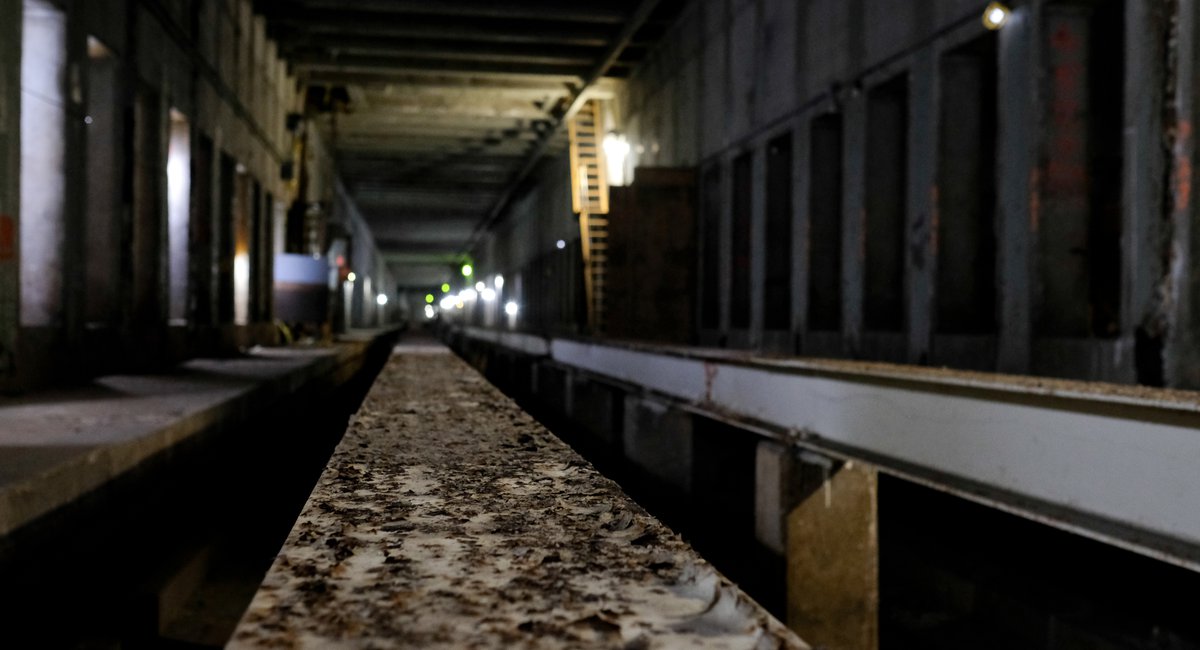Currently, the project is expected to cost $6.3 billion for 1.5 miles of new subway tunnel, which would include three new stations at 103rd Street, 116th Street and 125th Street. The MTA hopes federal grants will cover half of the project with “local sources” making up the other half.
MTA officials blame the Trump administration for holding up the projects by sitting on paperwork for two years. Organizers of the Gateway Project, another major project in our region, also complained the Trump administration stalled progress by not approving routine, but required documents.
“We are very, very anxious and pressing the administration hard to grant our request,” Hochul said. “Hopefully, approvals very soon will allow us to announce the start of it in 2022, we’ll be able to get it done.” (An email to federal DOT officials asking what the current status of the Second Avenue subway is and what the timeline for moving it forward is, was not immediately returned.)
The federal DOT’s website, which was last updated in May 2021, it rates the project medium-high, which means federal officials believe the MTA will be able to pay its share, although it says the agency was being “optimistic” about the capital costs, the growth of capital revenue, and growth of farebox revenue.
Last week, the MTA announced it wouldn’t be raising fares next year, in an effort to lure riders back, although the MTA’s Chief Financial officer recommended raising fares in mid-2022, 2023, and 2025 to avoid future deficits, putting the MTA on unsure financial footing.
The next phase of the Second Avenue subway is haunted by the cost overruns and long delays of the first phase. The New York Times dubbed it in an article on costly labor and wasted resources the “Most Expensive Mile of Subway Track on Earth.”
The current acting chairman, Janno Lieber, who was previously head of construction at the MTA, doesn’t want that moniker hanging over this phase of the project.
“Moving this thing forward we’re going to do it differently, smartly, and hopefully more efficiently than some of the projects in the past,” Lieber said.
Although when asked on what would be different, he said the project would be a design-build project, construction jargon for hiring the same company to design and build the project, rather than having one company design it, and then letting a separate firm build it. The MTA would also be bidding not just for the cheapest contractor, but the most time-efficient one as well.
